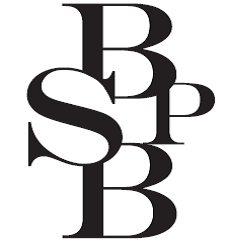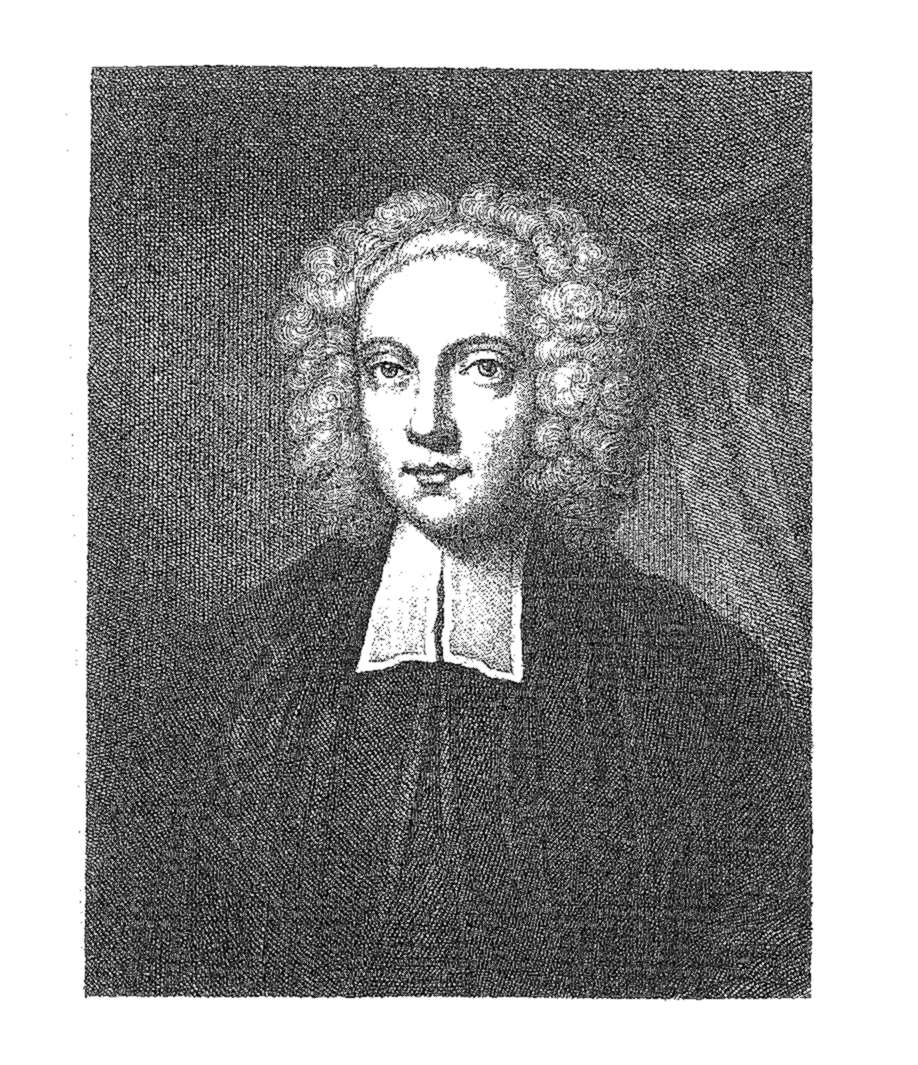Portraits of Butler
Locations and details of paintings of Bishop Butler.
|
Source: John Ingamells, The English Episcopal Portrait 1559-1835: a catalog. 1981.
|
|
- UNKNOWN circa 1738 - 50 miniature ivory about 6 x 4 - Three-quarters-length seated to left, right hand holding tippet, left hand on chair arm, a drape to the right.a drape to the right. Auckland Castle, Durham. [Auckland warden never heard of, could not find]
- Thomas HUDSON circa 1740 - Three-quarters-length standing to left cap in right hand, left hand by side.
- with John Butler of Kirby House in 1839 - By descent from the sitter's nephew, the Rev. Joseph Butler, for whom the portrait was painted 'soon after Butler was made Bishop of Bristol' (Bartlett, p. 278; Speeches, p. 6).
- 137 x 116 copy by Tuttle 1886. - Trinity College, Hartford, Connecticut; presented by Dr. Pynchon who commissioned it, 1886 (Speeches).
- Mr TAYLOR of Durham 1750-2 - Whole-length seated to left, grey wig, right hand holding cap on knees, left hand on chair arm, bookshelves to the right, a crimson drape to the left
- 234 x 147 exhibited at National Portrait Exhibition 1867 (395); engraved by J. Fittler 1820. - Newcastle Infirmary; presented by Mr Taylor 1754. [Saw in hospital board room. The elevation of Newcastle is clearly visible, but the cap is not. The "crimson" drapes look more velvet and matches the cushion]
- 224 x 140 copy by M.E. Hastings. - Oriel College, Oxford; presented by Robert Ingham 1827 (Poole, 2, p. 87, no. 24). [Saw]
- 101 x 76 three-quarters-length version - Holding elevation of Newcastle Infirmary in right hand. Auckland Castle, Durham. [Saw in the hall at Auckland]
- 101 x 76 as 3. - Durham Castle, University of Durham. [Saw in 1986]
- 76 x 63 bust-length oval version - Inscribed top left: The Right Reverend Joseph Butler/Lord Bishop of Durham/Died June 16th 1752/Aged 60. Durham Cathedral Library. [Temporarily taken down, but shown by Roger Norris] The head of this type is similar to that of the Hudson work above.
Barry, James. (1741-1806) Included Butler in picture of Elysium in his "Culture and Progress of Human Knowledge" series. Read Butler on Burke's suggestion.
"When James Barry, the historical painter whom Burke patronized and had educated in Italy, showed signs of wavering in religious fidelity, Burke `put into his hands and strongly recommended him to read' Butler's Analogy. Barry was so impressed by the character of Butler that he placed him in the group of divines in his picture of `Elysium.'"
-- Mossner (1936) 189
"His mother being a zealous Catholic, the son could not avoid mixing at times in the company of priests resident at Cork, who pointed out to him books of polemical divinity, of which he became a great reader, and for which he retained a strong bias during his lifetime. He was said at one time to have been destined for the priesthood, but for this report there is no authority. He, however, always continued a Catholic, and in the decline of life manifested rather a bigoted attachment to the religion of his early choice. For a short interval he had a little wavering in his belief of revealed religion in general; but a conversation with Mr. Edmund Burke put an end to this levity. A book which Mr. Burke lent him, and which settled his mind on this subject, was Bishop Butler's Analogy; and, as a suitable reward, he has placed this Prelate in the group of divines, in his picture of Elysium."
-- Hazlitt (1817) 126 [as reprinted in his works]


